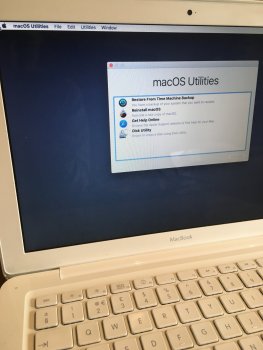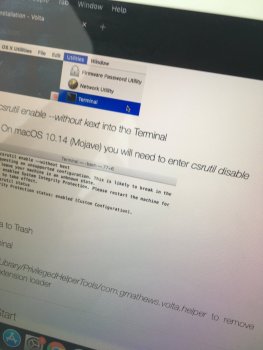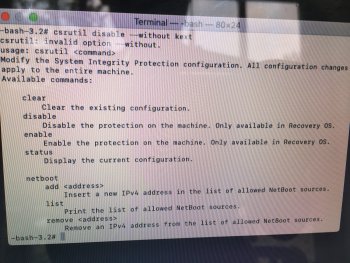Well, first of all, I would create a bootable backup of your installation. You do have a backup somewhere, yes? I do this with Carbon Copy Cloner to an external drive. I tend to do this after every system update, and periodically after security updates. And I did it before installing a new SSD as my internal drive. I'm not anal about backups i.e. I don't do daily backups and don't use Time Machine, but I at least have a system that I could go back to that was only a few months old. In reality, most of my stuff is either gmail'd, stored on iCloud, or periodically cloned as a backup. Not sure if that answers your question. If my internal drive died, I'd just install a new one and clone from my external drive onto the empty new drive.
That last sentence made me think about the SIP question. If you had a brand new empty internal hard drive on which you wanted to install Mojave using the patched installer on a USB drive, how do you think you'd disable SIP, or set any SIP status, before installation? There'd be no recovery partition on the empty drive to boot from. That kinda defeats the argument that the SIP status is stored on the drive (I think).




